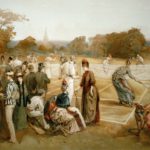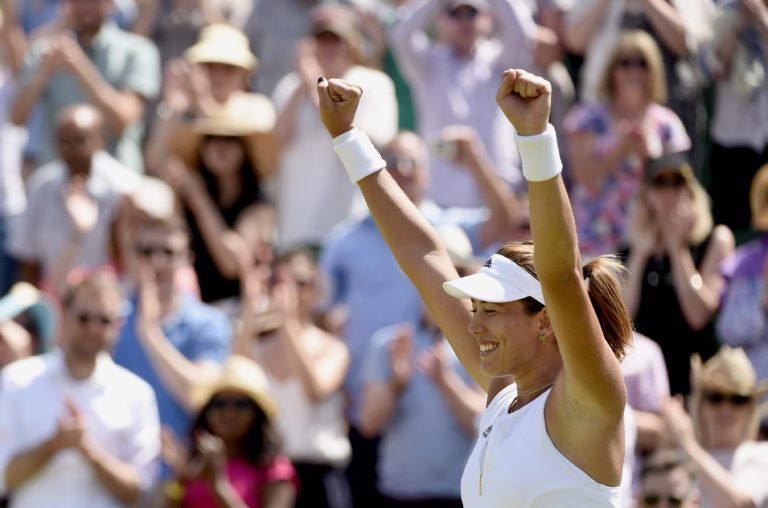The curious origins of tennis
Spain had a lot to do with the birth of the modern game of tennis. Although its origins date back to the Greek, Roman and Egyptian cultures, it was a Spaniard who, with help from his English friend, invented tennis in the late 19th century in England.

Augurio Perera and Captain Harry Gem are considered the fathers of modern tennis. Building on a sort of ‘indoor’ tennis modality, known as ‘Real Tennis' in Great Britain and the 'Jeu de Paume' (Game of the Hand) in France, these friends decided to start playing out in the open, taking advantage of their home’s lawn in 1865.
Professions such as tennis teacher, student or racquet and ball merchants already existed in those years.. In 1874, almost one decade after it appeared, the first official rules of the so-called 'Lawn Tennis’ (taking the name of the surface where it was played, and to differentiate it from the aforementioned ‘indoor’ modality) were published.

Courts were then larger than current ones, the net needed to rise above the players in height and whoever reached 15 points on their serve first would take victory. In the following years, net height dropped to 1 meter, court dimensions were reduced and the modern scoring system was established.
We would have to go back to the 11th century to find the first instances of a similar game. Monks used to play in monastery cloisters something that loosely resembles modern tennis. And from cloisters, the game took to the palaces. It became so popular that even one of the most celebrated writers in universal literature, William Shakespeare, mentioned tennis in some of his plays, like "Henry V".
In 1877 the first world tennis championship was played, held in Wimbledon. Other competitions such as Roland Garros, the Australian Open and the Davis Cup were founded in subsequent years.
Follow Garbiñe Muguruza's footsteps, BBVA Ambassador

Official webpage
facebook.com/GarbineMuguruzaBBVA
instagram.com/gmuguruzabbva
@GMuguruzaBBVA